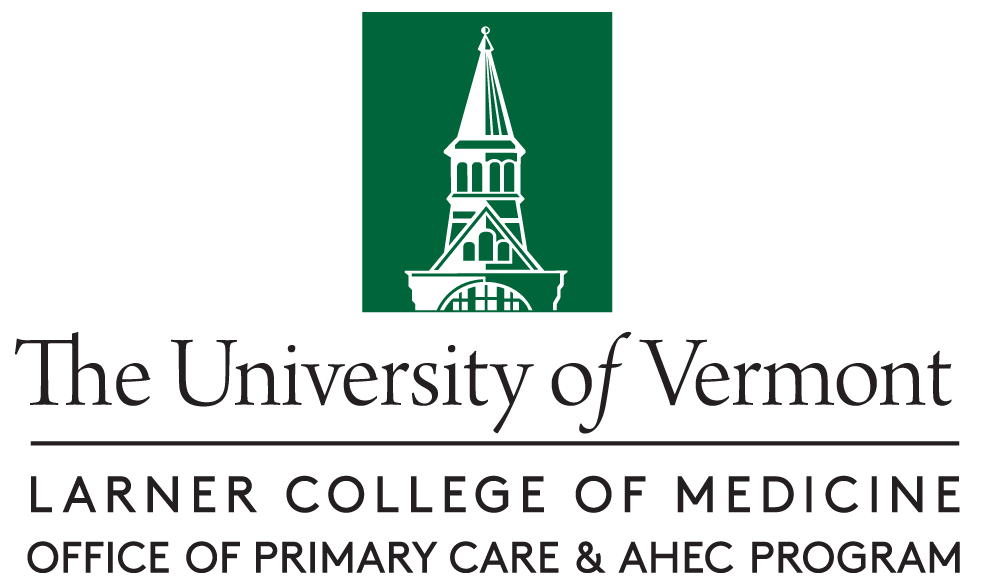
UVM AHEC
Document Type
Poster
Publication Date
2024
Focus Area
Medical Practice Transformation
Abstract
Digital health tools such as patient portals have been increasingly used to facilitate effective patient-provider communication. However, little has been reported regarding their effectiveness for communication with visually or hearing-impaired patients. Therefore, in this study, we seek to examine healthcare providers’ experience and confidence using patient portals to seek improvements in facilitating healthcare equity and limiting specific barriers. We also aim to identify effective features that could be included in patient portals to enhance accessibility and usability of these tools for such populations.
A cross-sectional survey using REDCap was used to collect both quantitative and qualitative data from healthcare providers within the University of Vermont Health Network. The survey including questions such as general demographics, provider confidence ratings, specific communication challenges, and patient portal features for visually or hearing impaired patients. The study populations included 39 respondents of 252 healthcare providers surveyed (RR = 15.47%). All Data analysis was performed with GraphPad Prism software v10, where paired t-tests were conducted to compare differences in confidence levels between groups.
Results showed a statistically significant difference in provider effective communication and patient comprehension of the content in the general patient population (µ = 7.10, 5.72) compared to patients with visual impairments (µ = 2.54, 2.77) respectively. These differences in confidence and communication were less pronounced when comparing the general population with patients with hearing impairments. The survey responses also showed that limited time, lack of training, and lack of content accessibility were all key challenges faced by providers in using patient portals to communicate with visual or hearing-impaired patients. Overall, some additional features may be needed to increase accessibility for these patients including larger font size options, text-to speech options, or use of other assistive communication devices.
From the wide variation in confidence levels by providers, these findings show the need for improvements in accessibility of patient portals and targeted training for health providers specifically working with patients with visual or hearing impairments. By fostering more effective digital health communication for these patients, we will be able to promote more inclusive practices and improve patient health outcomes. Future work may consist of finding more specific accessibility features that can be tested and implemented within patient portals to help address the needs of patients with sensory disabilities like those with visual or hearing impairments.
Creative Commons License

This work is licensed under a Creative Commons Attribution 4.0 International License.
Recommended Citation
Chen, Jonathan; Wu, Garrett; Maloney, Sean MD; and Sandoval, Marie MD, "Evaluating Patient Portals for Patients with Visual or Hearing Impairments: Provider Confidence and Communication Challenges" (2024). UVM AHEC. 22.
https://scholarworks.uvm.edu/uvmahec/22


Comments
Poster presented by Jonathan Chen at The North American Primary Care Research Group (NAPCRG) annual meeting on Nov 20, 2024 in Quebec City, Canada.